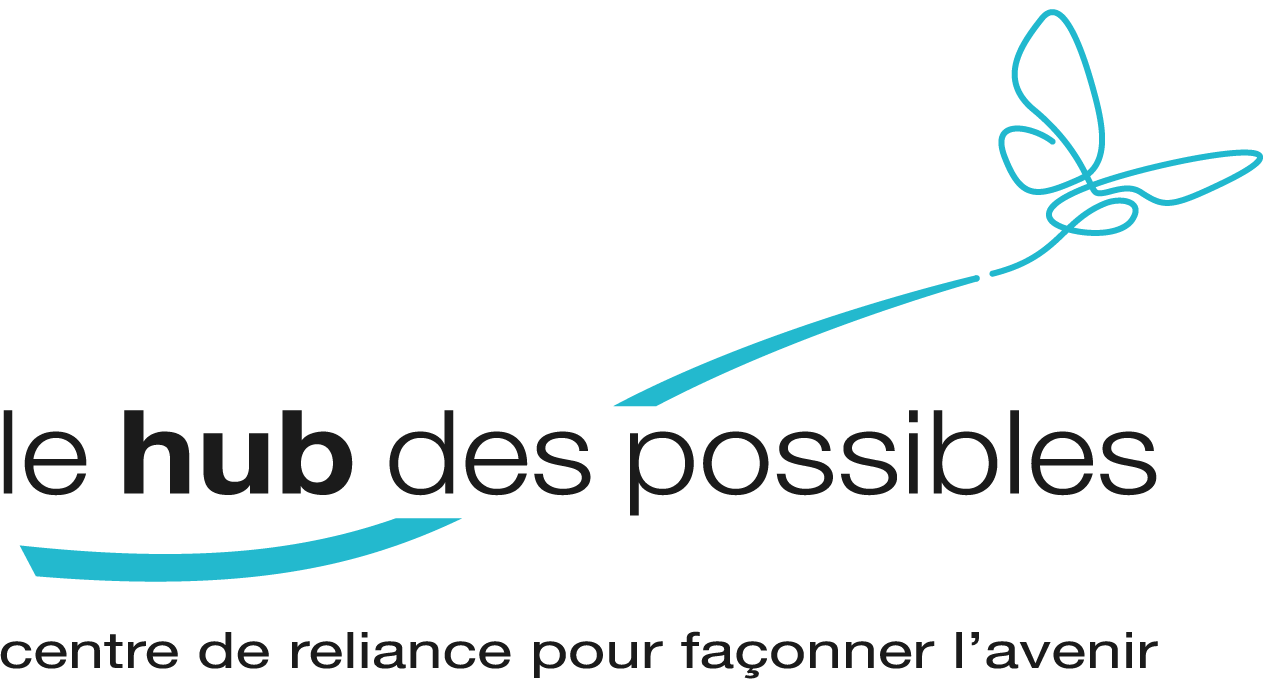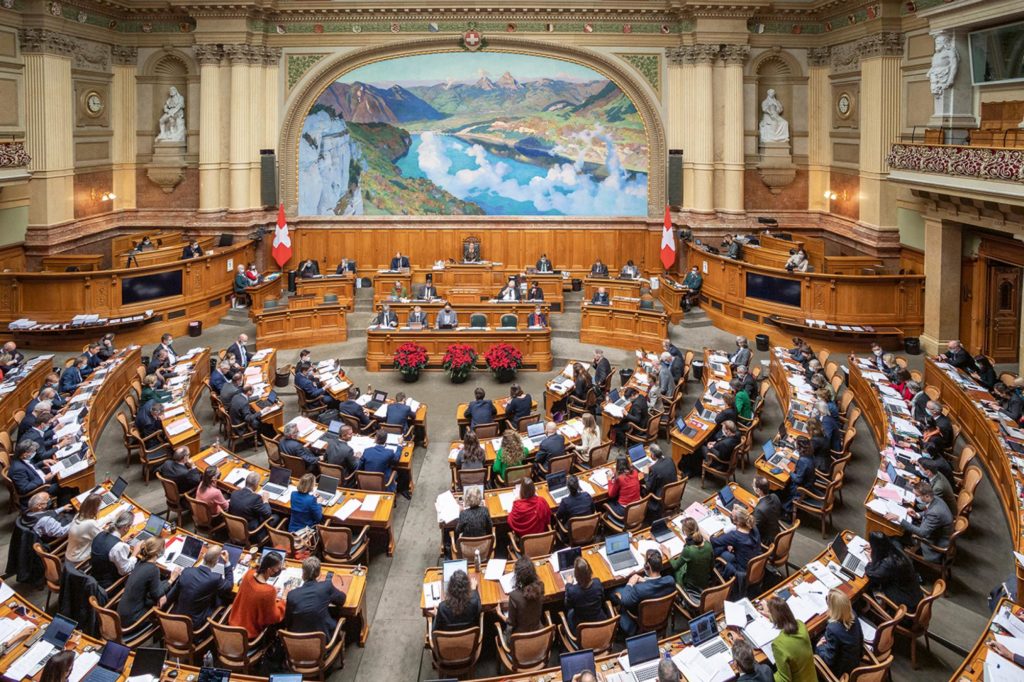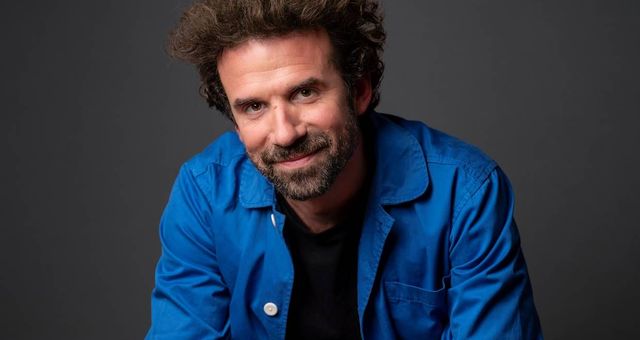Human beings are part of Nature. It seems so obvious that we may wonder how we ever considered ourselves a separate part. We now recognize how our actions impact our environment, and how we ourselves are directly affected in return. Does this mean that we are just another type of living being in the web of life? Maybe… or maybe not. There seems to be one thing that makes us a little special and different from other animals, plants, trees or stones: the ability to create, believe in and follow collective narratives. Allow me to quote Yuval Noah Harari:
“Fiction has enabled us not only to imagine things, but to do so collectively. (…) All large-scale human cooperation – be it a modern state, a medieval church, an ancient city or an archaic tribe – is based on shared myths that exist only in people’s collective imagination. (…) All other animals use their communication system to describe reality. We use our communication system to create new realities. (…) Yet none of this exists outside the stories people invent and tell each other. There are no gods, nations, money or human rights, except in our collective imagination.”
So, if our collective narratives can produce our inner reality and impact our behavior, which ones dominate the hit parade on this planet? Joanna Macy highlights three of them in her books.
The first story is always very powerful and popular. We can call it “Business as usual” or “the growth society”. Believing in this story can lead us to lead a life punctuated by our purchases, to work to achieve better performance than the previous month, to take advantage of the power of distraction generated by the countless screens that surround us.
The second narrative is increasingly present as we come to grips with the limits of our planet’s natural resources. We can call it “The Great Collapse” or “We’re all going to die! This can be seen as a recognition that our situation has become extremely alarming when we face up to the facts and figures provided by scientists over several decades.
The third story encompasses the existence of the previous ones, and could be crucial for our future as it changes our posture. Joanna Macy calls it Great Turning, and it’s the story of a transition to a life-sustaining society. Rather than risk the paralysis or energy of despair provoked by the second story, Change of Course is an invitation to recognize the opportunity for evolution in the current period.
I deeply recognize the importance of the Change of Course, because it contains the idea of a necessary path. In fact, it creates movement, reinforcing my acceptance of what is and my determination to move towards what could be. Work that Reconnects practices help us engage and find our way to participate.
However, in my opinion, the three-story model can lead to two pitfalls if we’re not careful enough. Which ones? Have you ever noticed how quick we are to categorize people: blonds, conspiracists, influencers, …
So here’s the first trap: we could easily think that people can be divided into 3 categories, depending on the narrative they follow: blind consumers, survivalists, activists, for example. By doing so, we feed the energy of division and polarization. We impoverish human complexity and beauty by oversimplifying, disconnecting instead of reconnecting.
I see a second logical trap: thinking that one story is superior to the others. In doing so, we return to hierarchy, which leads to contempt, vanity and, once again, disconnection. What’s more, if we combine the two traps, we run the risk of concluding that people wearing the Change of Course label are superior.
Let me suggest another way of looking at it: all three stories have their place in our thoughts. Why? Because each of them contains a useful part and a danger. Really? Let’s take a closer look! We’ve already mentioned some of the dangers of the “Business as usual” narrative. On the other hand, we can’t imagine that the act of buying is automatically linked to guilt and shame. There are people who use their talents to create and make things. How could it be wrong every time we buy something? So let’s develop a natural sobriety, choose consciously what we decide to buy, and feel gratitude when we acquire something new.
And the second story? A few years ago, I went to a conference to better understand the global situation. What was explained and shown during that evening plunged me into a state of immense despair for some time. Of course, the second story can provoke attitudes of withdrawal instead of cultivating solidarity. On the other hand, it can help us anticipate and better prepare to face current and future crises together, because we recognize their reality and their seriousness.
Now consider the third story, “The Change of Course”. The positive implication seems obvious, so what danger could there be? Well, if I start to believe that only the 3rd story should be considered, I differentiate myself from the others, I might start to see myself as the person who holds the truth. I might even disconnect from the other two parts of me that help me feel gratitude for the beauty of creation and the ability to anticipate danger.
The three stories should not lead to differentiation and categorization. They form a whole, a system. They help us progress in consciousness and embrace our human ambiguity. In this way, we can become aware of our needs and struggles, and decide on our inner narratives. In fact, there may be a simple way of recognizing whether what we tell ourselves nourishes Life: by observing whether it activates inner joy. If we start to feel this positive inner energy, we’re likely to strengthen our hope and action for a sustainable future. In fact, hope is not a passive, fanciful thought, as Jane Goodall explains in her latest book :
“Hope is what keeps us going in the face of adversity. It’s what we want to see happen, but we have to be willing to work hard to make it happen.”
Annick Wagner
Works cited :
- https://www.ynharari.com/topic/power-and-imagination/
- Macy, J. (2011). Active hope: how to face the mess we’re in without going crazy. New World Library
- Goodall, J.(2021). The book of hope. Celadon Books


